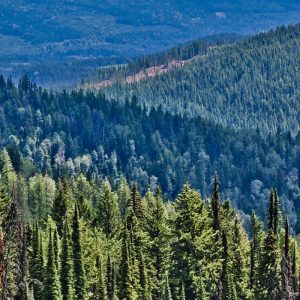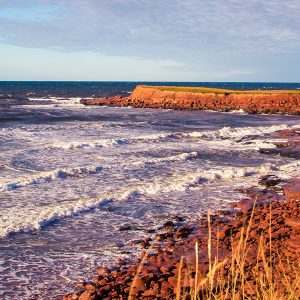Preserving Nature in National Parks
Learn about the steps it takes to protect nature and establish National Parks
- Step 1. Identify Representative Natural Areas
Parks Canada continues to identify possible candidate national parks, called representative natural areas, within the unrepresented natural regions. Each must portray the diverse geological, geographical and biological “themes” or features of the natural region, and have experienced minimum human modification. Many of these areas were identified in the late 1970s and are the focus of current efforts to establish new national parks. For example, plans for new national parks in Labrador are focused on the Torngat Mountains and Mealy Mountains, identified in the 1970s as representative natural areas.
- Step 2. Select a Potential National Park
A potential national park — a kind of “best bet” — is chosen from the list of representative natural areas. It must include ecological units whose long-term protection is feasible, have potential for visitor use and result in minimum long-term disruption of the social and economic life in the region.
- Step 3. Assess the Feasibility of the Proposed Park
The potential national park site becomes the focus of a feasibility study, which involves other governments, Aboriginal people and local communities that could benefit from the park. Public consultation helps to determine the degree of local, regional and national support, and the social and economic implications of a park. At this point, a map of the park’s proposed boundaries is released, and Parks Canada seeks public support for the site. If the results are positive, negotiations towards a formal park agreement can proceed.
- Step 4. Provide Interim Protection for the Proposed Park
During the feasibility study, governments may give the proposed parkland temporary protection from logging, mineral staking or other developments that would compromise the area’s natural values. Interim protection measures prevent industrial developers from securing an interest in the area, and keep the cost of park establishment down by removing any need to compensate such companies should a park proposal proceed.
- Step 5. Negotiate a Final Park Agreement
If all parties agree to establish a national park, they commence formal negotiations on an agreement that sets out the terms and conditions under which the specific natural area will be designated a national park. When new national parks are proposed in areas where local people have traditionally depended on the land for subsistence, a park agreement may provide for the continuation of harvesting activities. Commercial exploration and extraction or development of natural resources must be terminated before the park is formally established.
- Step 6. Establish a New National Park in Legislation
The final step is for Parliament to formally approve the establishment of a new national park by describing its boundary in the National Parks Act. This can be done only if timber and mining are terminated and both the surface lands and sub-surface resources are transferred to the federal Crown. In areas where there is a land claim settlement, or where land claim negotiations are proceeding with Aboriginal peoples, final boundaries as well as harvesting rights and the involvement of aboriginal people in park management will be set according to the terms of a land claim agreement.



